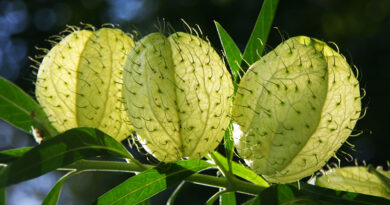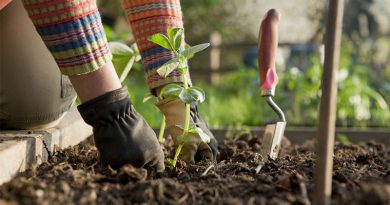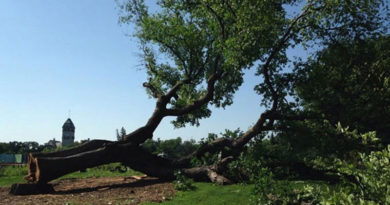Quality Soil: Factors to consider
Organic Factors.
During almost all landscaping projects there comes a time when you have to decide, “What kind of soil should I buy?” There are so many options on the market, how do you know that the soil you are buying is going to help your garden, lawn, or other landscape feature? I am going to tell you exactly what factors are important when selecting a quality soil for your project.
It may not look like it from a glance, but soil is ALIVE! There are more species of microorganisms in any one square meter of soil, than there are species of animals in one square kilometre of rainforest! These microorganisms play an integral role in the health of your soil. They break down organic matter such as compost and manure. Microorganisms also process nutrients to make them more readily available to plants. When selecting a soil, it is important to choose one with a high percentage of organic matter.
Moisture content is also an important factor in soil. Having a mid to high range moisture content is essential to allow proper air flow in the soil, and to provide plants with the necessary water required for photosynthesis!
Nutrient Factors.
Plants require a certain amount of nitrogen, phosphorous, and potassium to have proper growth. Most people have heard of these values on fertilizers and don’t realize what they are. For example, a triple sixteen fertilizer mix (16-16-16) is named due to the ratio of nitrogen, phosphorous, and potassium, or N-P-K for short. High-quality soils use this concept, but in the context of the soil and not of an added fertilizer. A good soil will contain a proper ratio of N-P-K to promote strong plant growth in any application.
Acidity.
A soil’s acidity can make or break the success of your garden or lawn. If a soil is too acidic or basic, then some essential nutrients in the soil can convert to forms that are more difficult for a plant to absorb, resulting in nutrient deficiencies. The pH scale is used to measure acidity. It is a scale from 0 to 14, seven being neutral, less than seven is acidic, and more than seven is basic. For most garden and lawn applications, having a mid to low pH is ideal (neutral to slightly acidic) seeing as most common plants prefer a soil pH of 6 to 7.2.
Soil Texture.
The texture of the soil is also incredibly important. The composition of soil will affect its ability to drain or hold moisture and to contain nutrients. Soils are generally categorized as sand, silt, and clay. There is a spectrum of soil composition, and ideally, the soil will contain a perfect ratio of sand, silt and clay so that it will hold the right amount of moisture and nutrients necessary for effective plant growth.
By Ryan Becker, Marketing Manager at LACH SOD Farms, providing the Winnipeg market with Farm Fresh Turfgrass Sod and Quality BigYellowBag Black Garden Soil.




